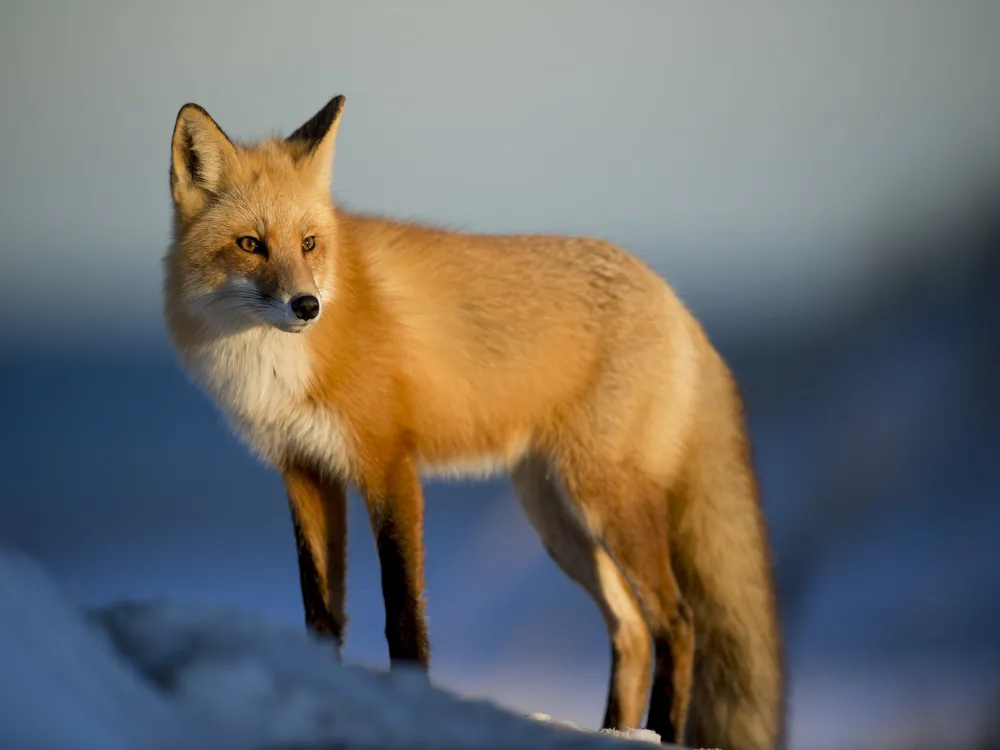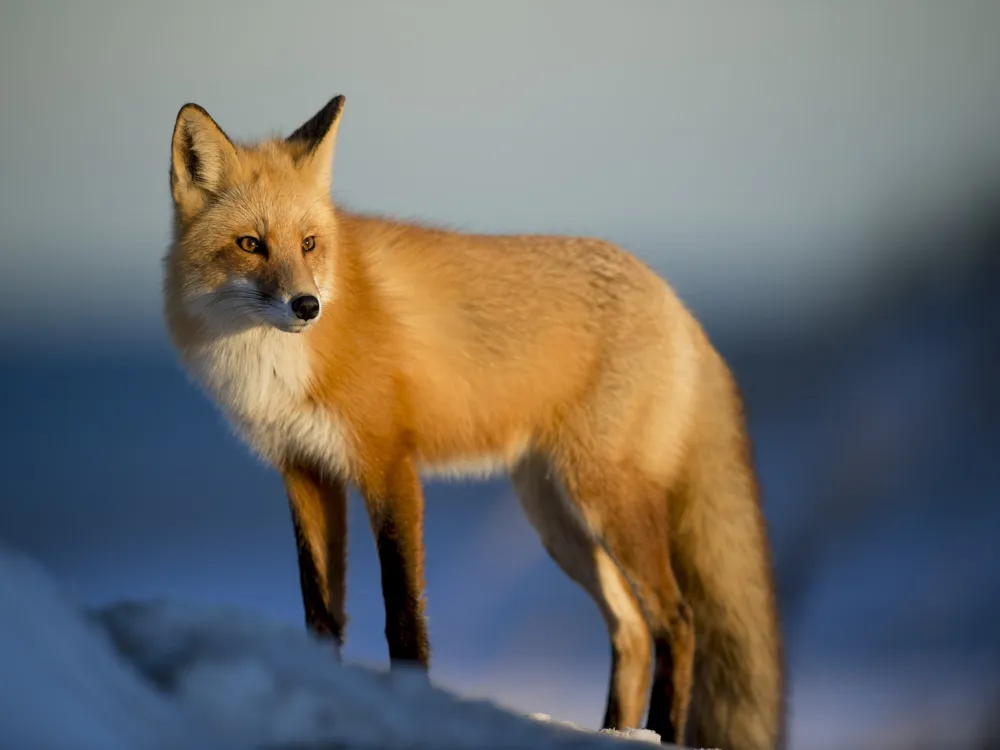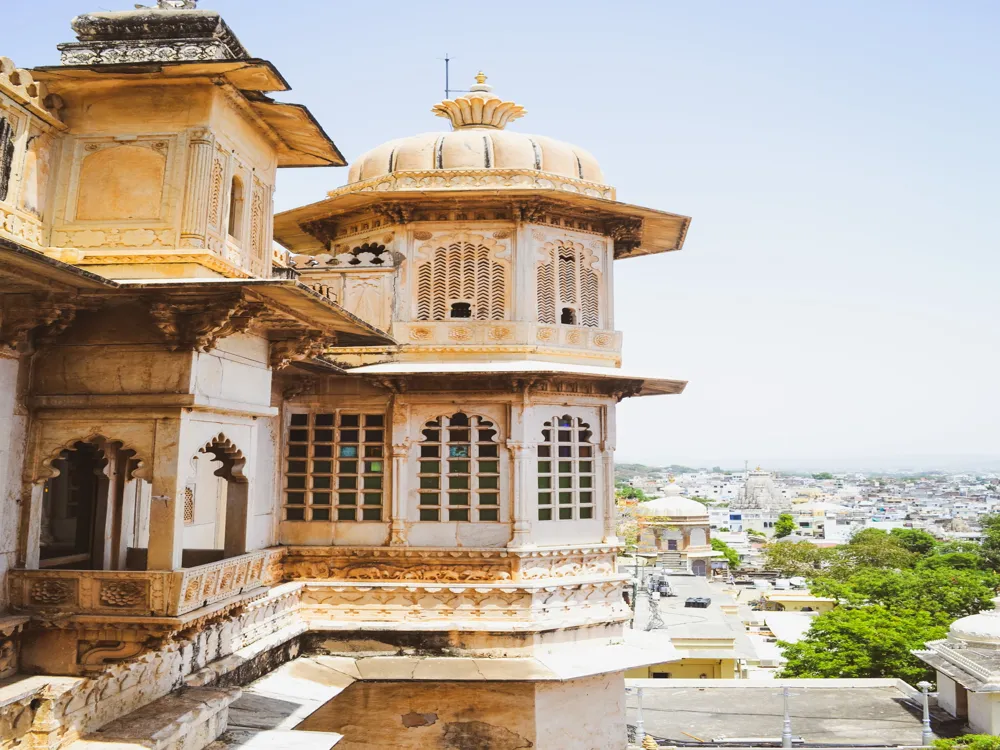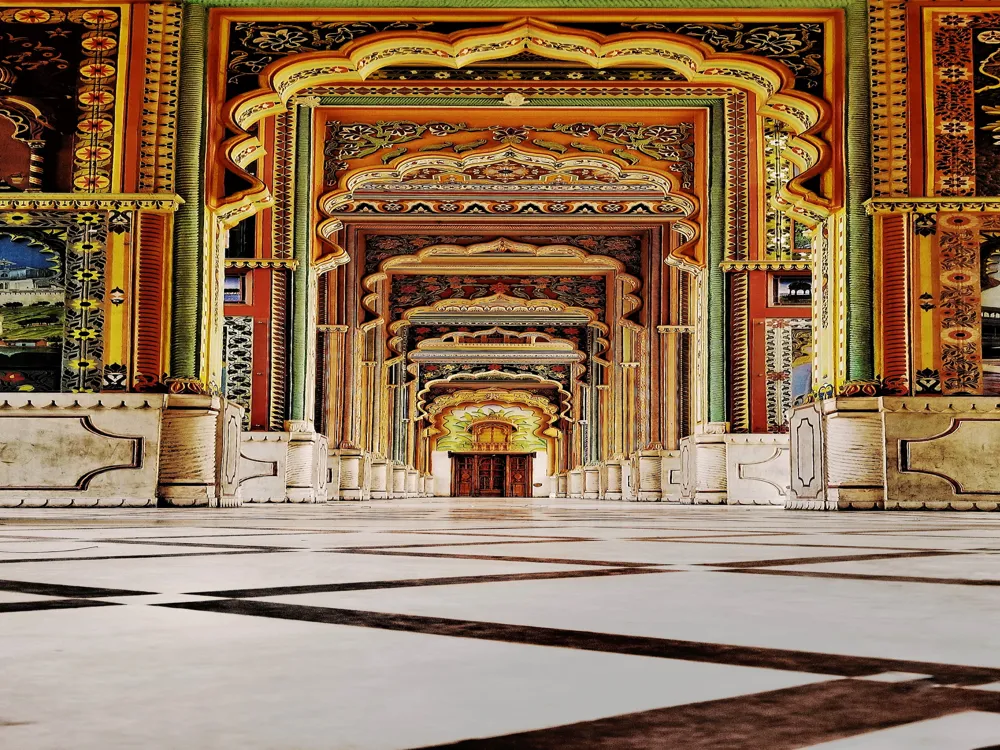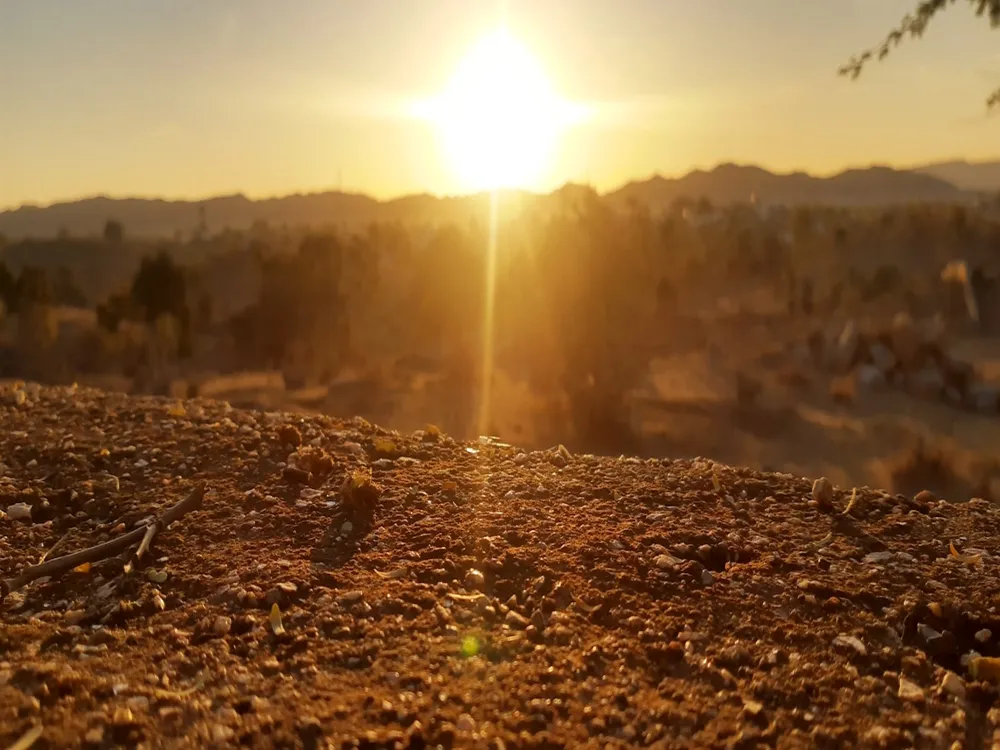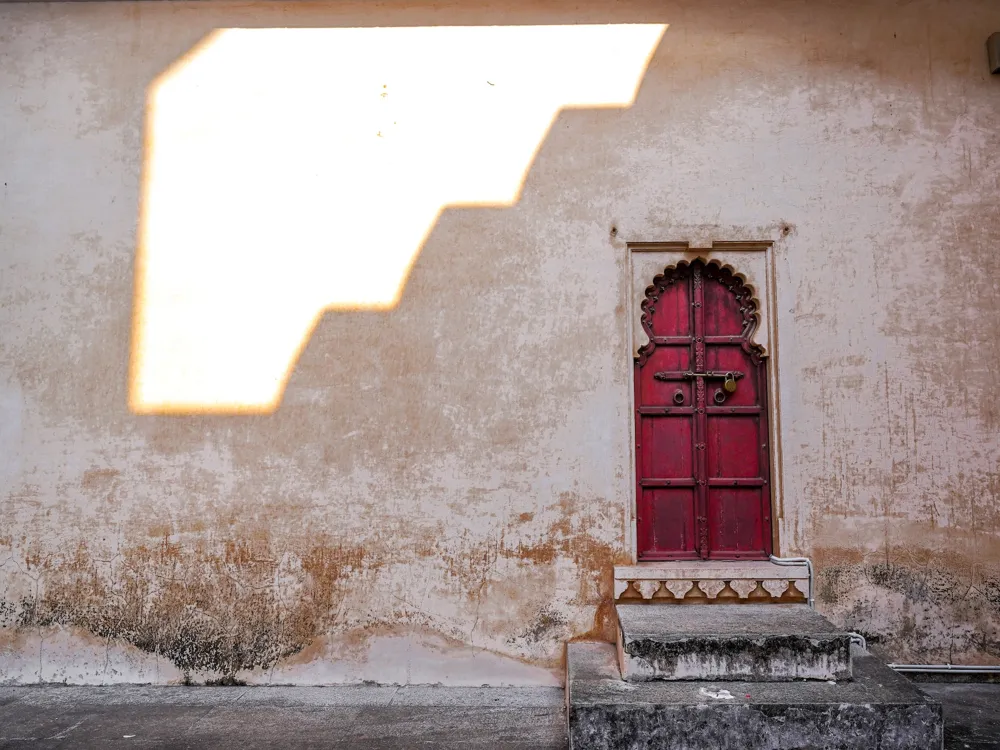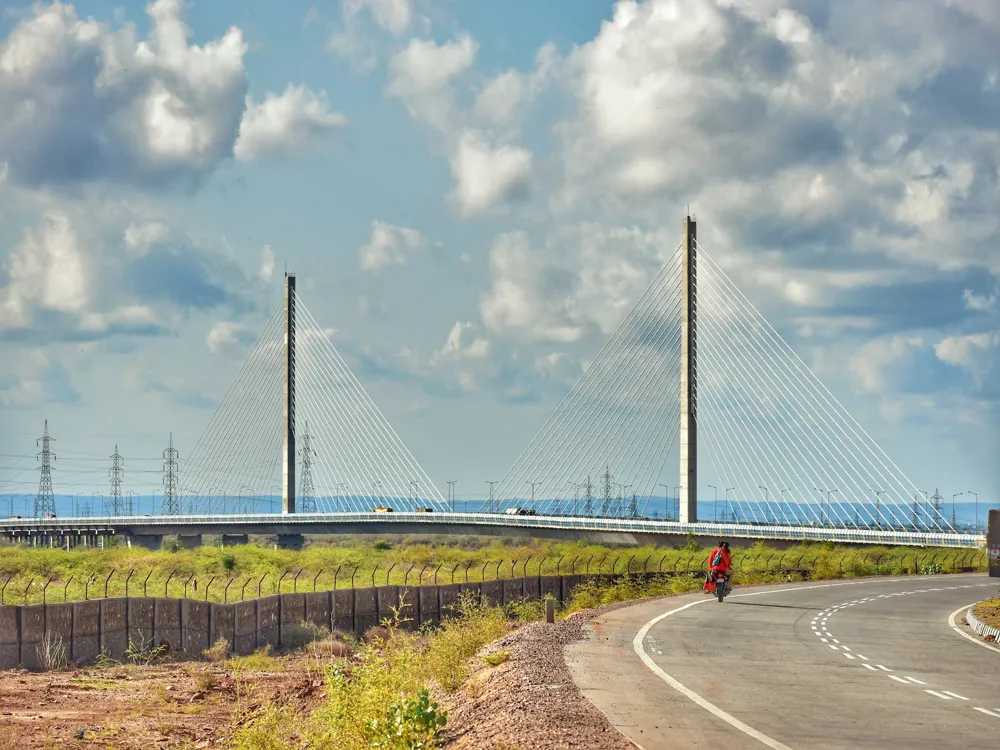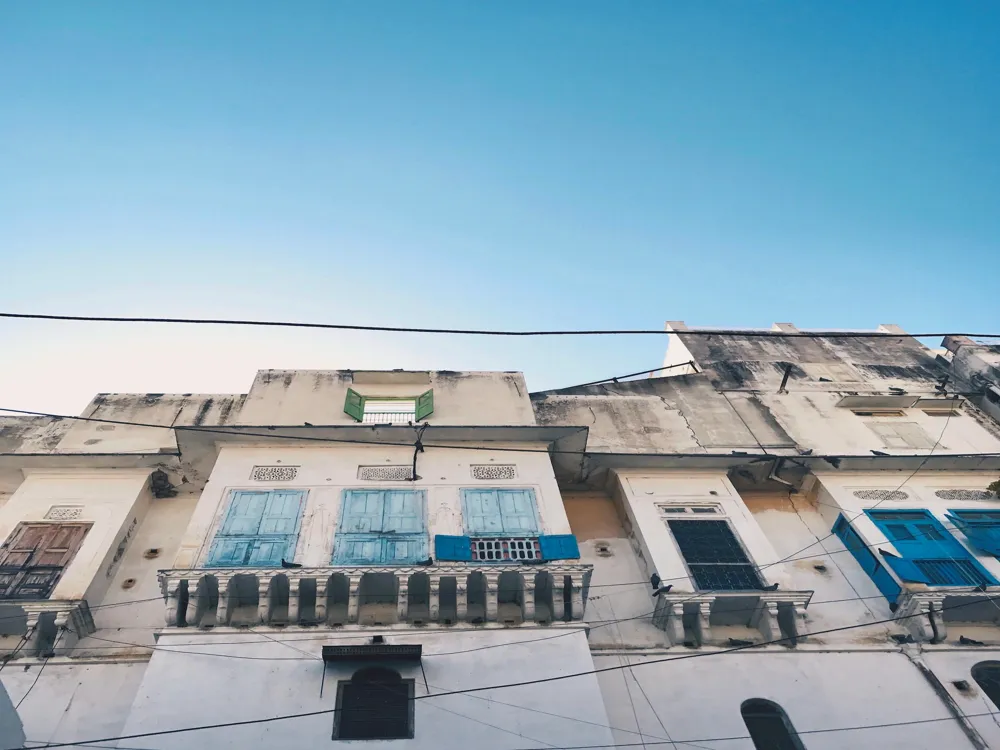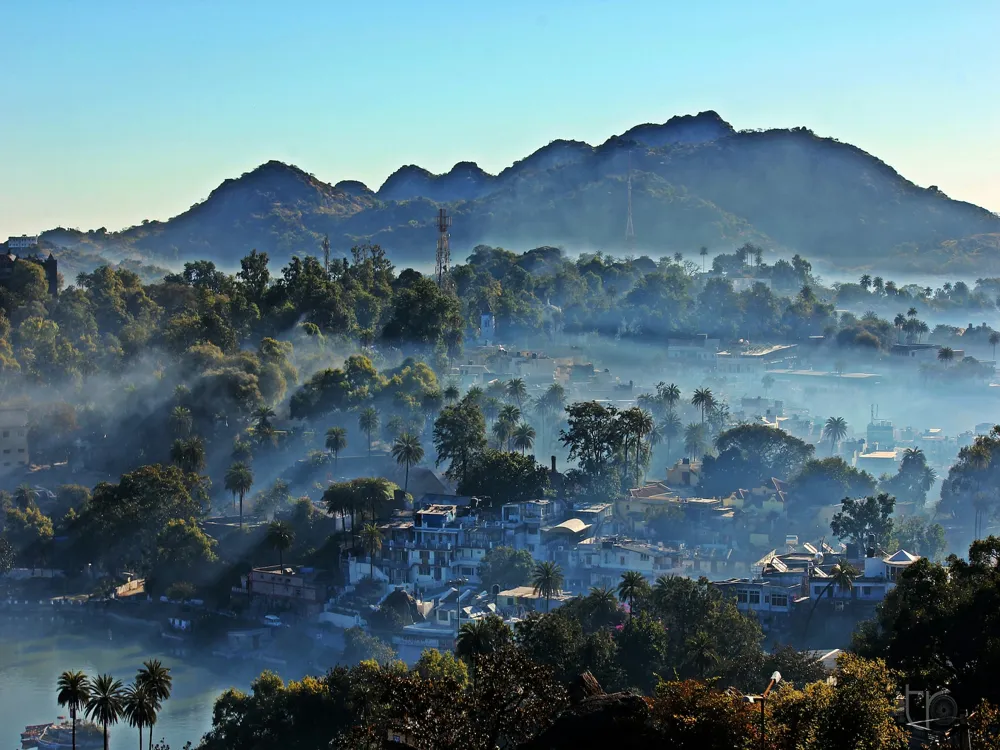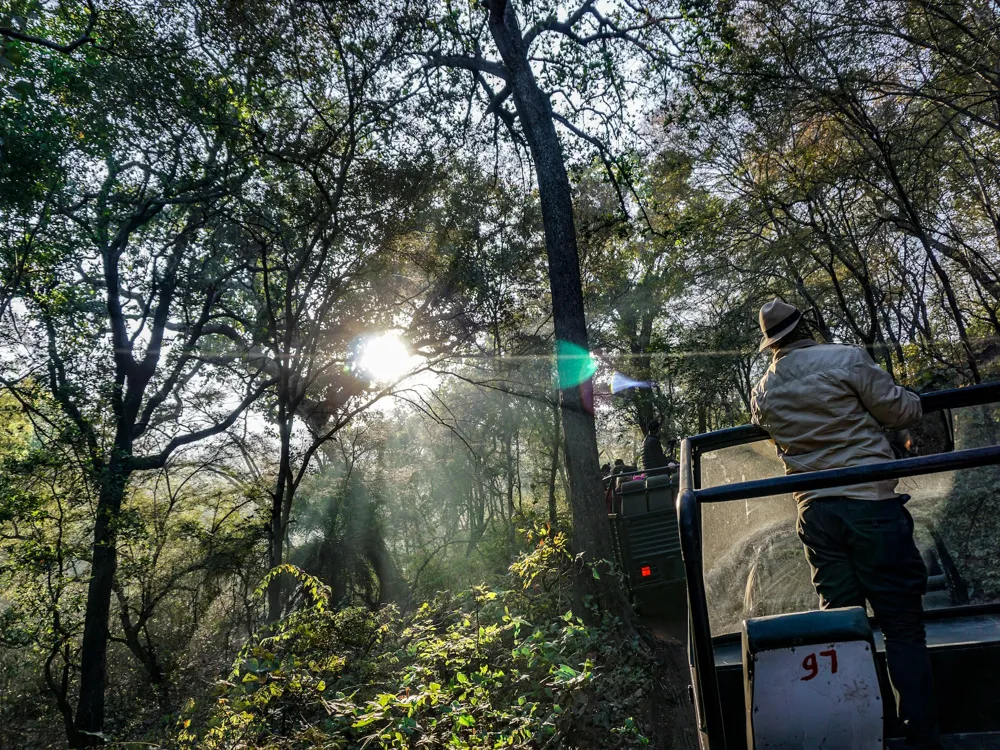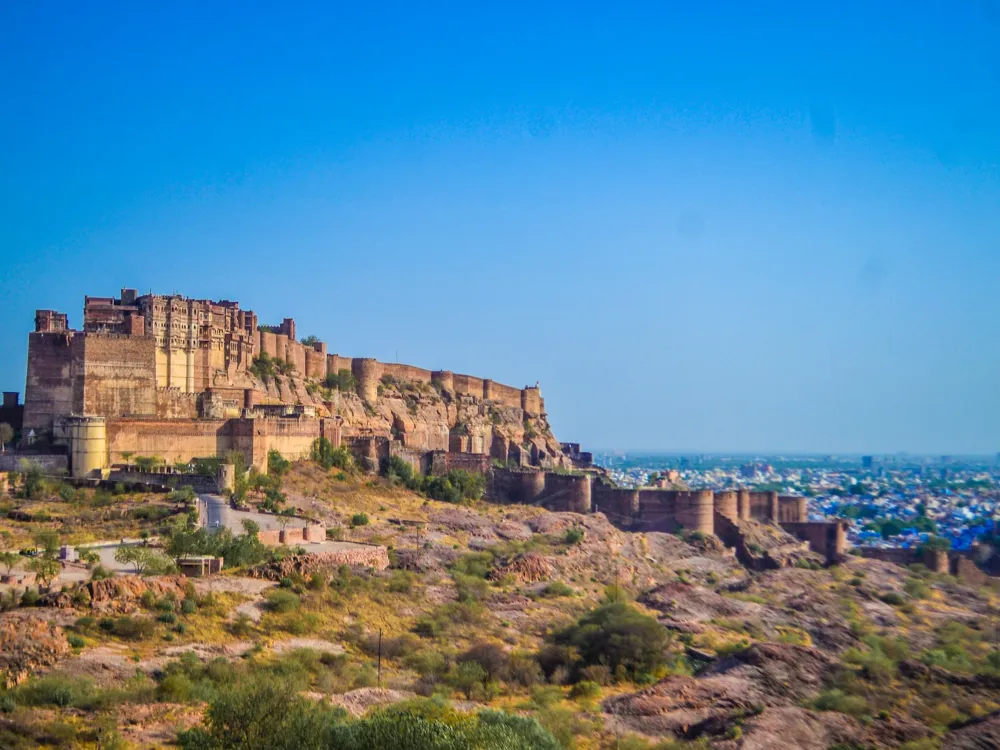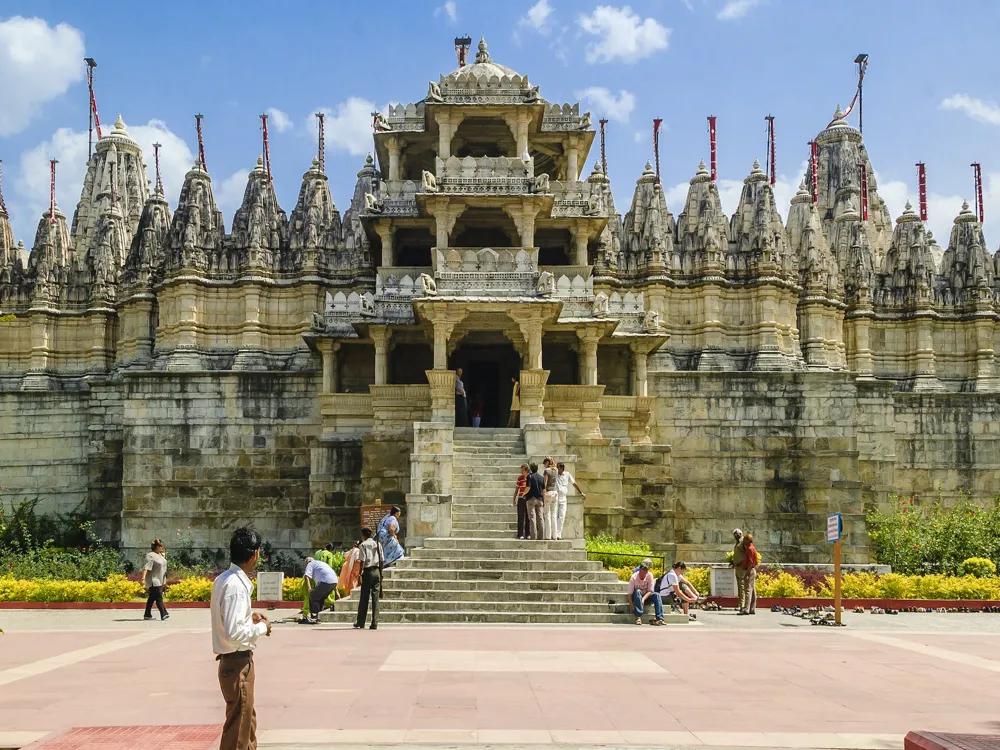Nestled in the heart of Rajasthan, Chittorgarh is not just a city, but a testament to the glorious Rajput era. Known for its massive fort and rich history, it stands as a symbol of valor, sacrifice, and the indomitable spirit of the Rajputs. This city, steeped in legend and lore, offers a journey back in time to explore the grandeur of one of India's largest forts and the tales of heroism that resonate within its walls.
The architectural marvels of Chittorgarh are a magnificent blend of might and elegance. The Chittorgarh Fort, a UNESCO World Heritage Site, is the centerpiece of this historical landscape. Perched on a hill, it dominates the skyline with its imposing structure. The fort's architecture is a unique amalgamation of Hindu and Jain cultural influences, reflective of the many dynasties that ruled from its ramparts. Its palaces, temples, and towers are fine examples of Rajputana architecture, each telling a story of its own.
The Vijay Stambha, or Tower of Victory, is an iconic symbol of Chittorgarh. Built by Maharana Kumbha to commemorate his victory over the Muslim rulers of Malwa and Gujarat, this nine-story tower is an architectural masterpiece. Intricately carved with Hindu deities and episodes from the Ramayana and Mahabharata, it stands as a testament to the artistic prowess of the Rajput craftsmen.
Rana Kumbha's Palace, the oldest structure within the fort, is a blend of grandeur and tragedy. This palace is not only an architectural marvel but also a place echoing the tales of heroism and the tragic jauhar of Rani Padmini. The palace's ruins still speak of the opulence that once defined Rajput royals.
The fort houses many other architectural marvels like the Kirti Stambha, Gaumukh Reservoir, and the Meera and Kalika Mata Temples, each with its unique story and architectural brilliance. These structures are fine examples of the fusion of Rajput and Jain architectural styles, making Chittorgarh a mosaic of cultural heritage.
The ideal time to visit Chittorgarh is between October and March. The weather is pleasant during these months, making it comfortable to explore the fort and its surroundings.
Chittorgarh offers a range of accommodations, from luxury hotels to budget stays. Ensure to book in advance, especially during peak tourist season. The city is well-equipped with tourist facilities, including guides and information centers.
Don't miss out on the local cuisine. Try the traditional Rajasthani dishes like Dal Baati Churma and Gatte ki Sabzi. The city also offers an array of shopping options, from exquisite handicrafts to colorful textiles.
When visiting the temples and historical sites, dress modestly and respect the local customs and traditions. Photography might be restricted in certain areas, so it's best to inquire beforehand.
Chittorgarh is well-connected and accessible through various modes of transportation. The city has its own railway station, making it convenient for travelers to reach from major cities of India. The nearest airport is in Udaipur, about 90 kilometers away. Regular bus services are also available from neighboring cities and towns. For a more local experience, one can hire taxis or opt for auto-rickshaws for internal commuting.
Explore the Grandeur of Chittorgarh, Rajasthan
The Majestic Architecture of Chittorgarh
Vijay Stambha: The Tower of Victory
Rana Kumbha's Palace: A Blend of Grandeur and Tragedy
Other Architectural Wonders
Insider Tips When Visiting Chittorgarh
Best Time to Visit
Accommodations and Facilities
Local Cuisine and Shopping
Respect the Local Culture
How To Reach Chittorgarh
Shyama Temple
Chittorgarh
Rajasthan
₹ 9,200 onwards
View chittorgarh Packages
Chittorgarh Travel Packages
View All Packages For Chittorgarh
Top Hotel Collections for Chittorgarh

Private Pool

Luxury Hotels

5-Star Hotels

Pet Friendly
Top Hotels Near Chittorgarh
Other Top Ranking Places In Chittorgarh
View All Places To Visit In chittorgarh
View chittorgarh Packages
Chittorgarh Travel Packages
View All Packages For Chittorgarh
Top Hotel Collections for Chittorgarh

Private Pool

Luxury Hotels

5-Star Hotels

Pet Friendly







